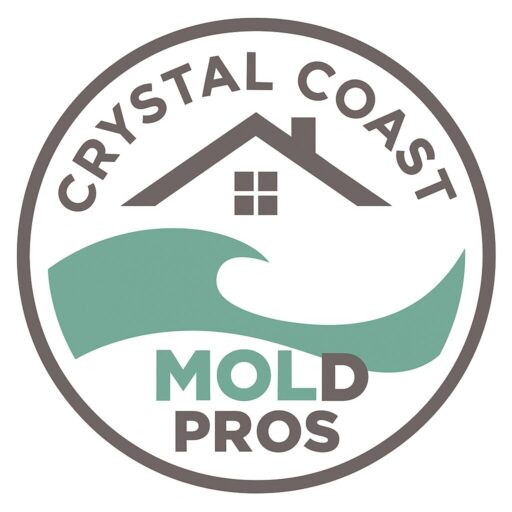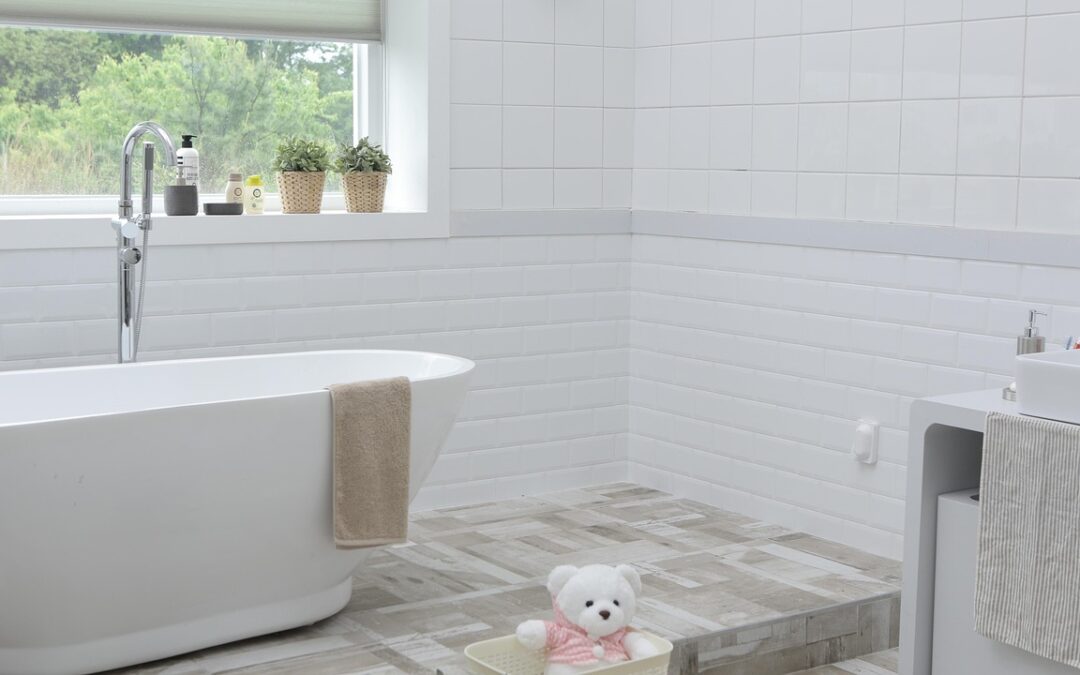Mold in Bathrooms and Your Lungs: Understanding the Respiratory Connection
Your lungs are on the frontline when it comes to mold in bathrooms exposure. Mold spores become airborne during showers and daily humidity, easily inhaled into sensitive respiratory passages. Species like Stachybotrys chartarum (black mold) and Aspergillus release mycotoxins that irritate airways. In homes with poor ventilation or high humidity, mold growth on grout, tile caulk, and shower curtains can release spores that worsen coughing, wheezing, and upper respiratory congestion.
Even short-term exposure can trigger bronchitis-like symptoms, while long-term exposure can lead to persistent inflammation, lung damage, and increased susceptibility to infections like pneumonia. People with asthma, COPD, or other preexisting respiratory issues are especially vulnerable. Children and the elderly, whose immune systems are often more sensitive, are also at heightened risk.
Mold thrives in warm, moist environments, making bathrooms ideal breeding grounds. Even if you don’t see mold, its spores can linger in the air, on bathmats, behind walls, or under fixtures. Frequent symptoms like chronic coughing, throat irritation, or tightness in the chest after showering may indicate exposure to mold in bathrooms that’s affecting your lungs.
Toxic vs. Allergenic: The Different Types of Mold in Bathrooms That Affect Your Health
Not all mold in bathrooms is created equal. Some are merely allergenic, while others are toxigenic and significantly more harmful. Allergenic molds such as Cladosporium, Alternaria, and Penicillium trigger symptoms like sneezing, itchy eyes, runny nose, and skin rashes. While uncomfortable, these are typically manageable if the exposure is brief and not too intense.
More dangerous, however, are toxigenic molds like Stachybotrys chartarum (commonly referred to as black mold). These molds produce mycotoxins—poisonous substances that can have serious effects on the nervous system, immune response, and even internal organs. Prolonged exposure to these molds in bathrooms can lead to fatigue, headaches, memory issues, dizziness, and more.
Inhaling spores regularly, especially in an enclosed space like a bathroom, increases the risk. Unfortunately, toxic mold often hides behind walls, under tile, or in ceiling corners where ventilation fails. Professional testing may be needed to determine the type and extent of mold present. If you’ve noticed black or greenish patches with a slimy texture or experience worsening symptoms, it’s crucial to take immediate action.
How Mold in Bathrooms Triggers Asthma, Allergies, and Chronic Illness
Bathrooms should be a place to refresh, not a source of respiratory distress. Yet, for asthma sufferers and those with mold allergies, the spores from mold in bathrooms can cause serious flare-ups. The high humidity levels and poor air circulation in bathrooms create a perfect storm for mold growth, especially in hard-to-reach places like behind tile or inside ventilation fans.
Asthma attacks can be triggered by inhaling even low levels of mold spores. These attacks may become more frequent and severe with continued exposure. Mold also produces volatile organic compounds (VOCs) as it breaks down surfaces, which further irritate the airways. Allergies may escalate into chronic sinus infections, fatigue, and even long-term inflammation.
In more severe cases, people develop chronic inflammatory response syndrome (CIRS), a condition where the body’s immune system overreacts to mold exposure, causing persistent symptoms like brain fog, muscle weakness, and mood changes. If your health is mysteriously declining and your symptoms ease when away from home, your bathroom may be the hidden culprit.
Psychological Impacts of Living with Mold in Bathrooms
The dangers of mold in bathrooms aren’t limited to physical symptoms. There’s a growing body of research linking mold exposure to cognitive and psychological effects. Mold-induced brain fog, anxiety, irritability, and depression are not uncommon. Mycotoxins can interfere with neurotransmitters, triggering hormonal imbalances and stress responses.
Living with visible mold—especially when efforts to clean it seem futile—can contribute to a sense of helplessness or defeat. The smell alone can cause sleep disruptions, restlessness, and decreased quality of life. People begin to feel embarrassed by their home’s condition, leading to social withdrawal.
In children, mold exposure has been linked to cognitive delays and behavioral issues. For adults, long-term mold-related anxiety can spiral into chronic stress. Since the bathroom is a daily-use space, this ongoing exposure has a compounding psychological toll that many homeowners underestimate. Addressing the issue isn’t just about removing spots from the walls—it’s about restoring peace of mind.
When to Call the Pros: Mold in Bathrooms and the Case for Professional Removal
So when should you stop scrubbing and call in the experts? If mold keeps returning after cleaning, it’s likely growing within walls or beneath the surface. If it covers more than 10 square feet, is causing health symptoms, or appears black, slimy, or heavily clustered, professional removal is a must.
Professionals not only eliminate visible mold in bathrooms but also identify and treat the source—typically hidden leaks, poor ventilation, or broken seals. They use tools like moisture meters, infrared cameras, and HEPA filtration to ensure the entire problem is addressed without spreading spores to other parts of the home.
DIY solutions like bleach or vinegar can sometimes aggravate spores, dispersing them into the air. That’s why hiring certified mold remediation specialists offers peace of mind—and a healthier home. Better still, professionals can recommend improvements to reduce future moisture build-up, like better fans or sealing grout.
Call to Action
Don’t let mold compromise your health or peace of mind. Call Crystal Coast Mold Pros today at 252‑342‑5363 to get a free estimate on mold removal in your bathroom and start living a healthier and happier life!
Conclusion
Mold in bathrooms may seem like a minor annoyance, but it hides a world of health hazards. From your lungs to your mental state, its effects are far-reaching. Learning to spot the danger, knowing the health risks, and taking the right steps—including when to call the pros—can restore your health and your home. Act now to protect what matters most: your well-being.
Related Topics:
10 Common Signs of Mold in House Every Homeowner Should Recognize Before It’s Too Late

